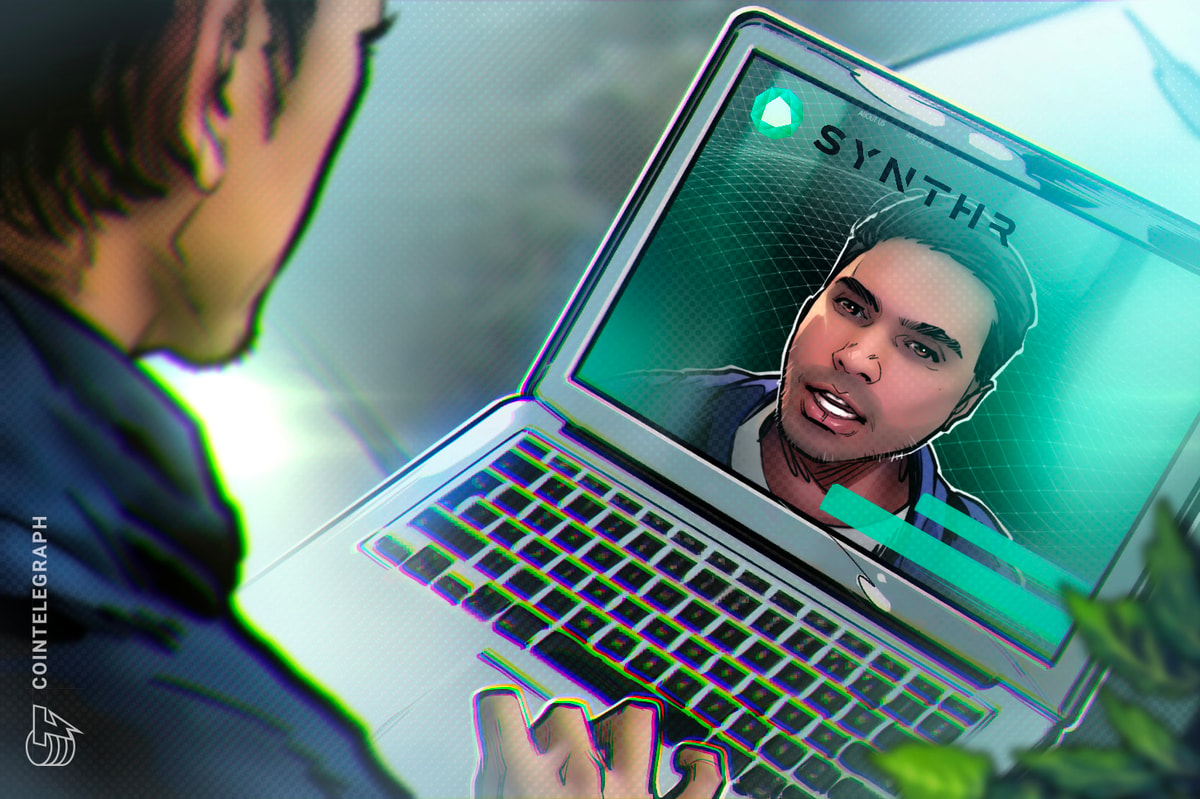“The crosschain liquidity solutions we have today are wrapped around solutions that existed two or three years ago. They haven’t seen an overhaul in a very long time, even though we’re entering a point where more chains are coming,“ said SYNTHR co-founder Ritwik Rudra.
If you missed our AMA with @synthr_io, you missed a deep dive into crosschain innovation.
— Cointelegraph (@Cointelegraph) January 29, 2025
Watch the recap now to learn how they’re doing it with zero slippage and decentralized solvency.
[Brought to you by @synthr_io]https://t.co/ENBWijV3Fq
“Crosschain is no longer a luxury or a value-added feature. It is now critical for users because they want to get benefits from every chain. We can’t force them to choose one chain over another. Rather, we have to give them the flexibility to move between ecosystems,“ he stressed.
Rudra also believes that the most important element for seamless crosschain transactions is crosschain liquidity, which has been ignored. “Everyone seems to be leaving the liquidity piece to itself, but this is what the user interacts with on a daily basis,“ he said.
To address these issues, SYNTHR offers its synthetic asset protocol, which aims to bring crosschain liquidity to mass users and make crosschain transactions work at their theoretical limits. Rudra shared the details of the protocol’s infrastructure and its development path during the recent Cointelegraph AMA.
Crosschain meets flexibility
To eliminate the need for risky bridges and unify fragmented crosschain solutions, SYNTHR offers a unique infrastructure that combines multiple consensus layers, oracles and liquidity mechanisms.
“Users are more empowered today and want to be flexible. So we give them the ability to choose based on cost, time or security preferences. Let’s say you’re swapping an asset between two networks. You can choose a consensus layer that best suits your needs,“ says Rudra.
The protocol’s omnichain synthetic asset model allows users to collateralize assets on any network where they are already present. The system enables the creation of synthetic assets, known as syASSETS, that are fully backed by a distributed collateral pool. Unlike traditional assets that rely on a single network for collateralization, syASSETS function as an inherently crosschain asset class, Rudra pointed out: “You don’t have to bridge it from one chain to another because it has the property of existing on any network.“
SYNTHR supports a diverse list of collateral types, which Rudra explained: “We allow users to add ETH, WBTC and certain yield-bearing assets as collateral. You can have certain LP tokens that you can stake on the platform, and you can mint synthetic assets on top of that. It’s a great benefit for DeFi users to compound their returns. We’re also exploring native BTC as a collateral option.“
The synthetic asset offerings on Synthard are extensive, ranging from syETH and syBTC to various altcoins. Users can gain exposure to synthetic BTC without having to sell existing assets by using ETH or USDT as collateral. The platform also allows users to synthesize financial assets, including U.S. stocks, equities and commodities. “One of our primary goals was to break down financial barriers and provide access to global assets from any part of the world,“ said Rudra.
Sustainable DeFi
The protocol rewards liquidity providers with a share of its revenue, ensuring long-term sustainability. The incentive structure extends beyond protocol revenue, as users can also earn SYNTHR emissions by adding liquidity to pools, and minting synthetic assets for multiple forms of revenue.
Users can mint synthetic assets not only to access crosschain trading but also to participate in the ecosystem as stakeholders. These synthetic assets can be further deployed into liquidity pools within the protocol. “For example, you can mint synthetic USD and pair it with USDC in a liquidity pool,“ Rudra said. “It’s essentially a pegged asset pair and provides an alternative way to enter the SYNTHR ecosystem.“
SYNTHR operates on a global debt pool model, which ensures that debt is shared collectively rather than localized to individual users. “Each user who mints synthetic assets contributes to the solvency of all outstanding assets based on their share of the pool,“ Rudra explained.
The hedge pool is built on the global debt model, providing users with a mechanism to remain delta-neutral by mirroring the overall debt composition. “If 50% of the debt pool is synthetic BTC and 50% is synthetic USD, a new user entering the system can match that ratio to avoid additional debt obligations,“ Rudra said. “If the price of synthetic BTC rises, users holding it can cover increased debt obligations with their appreciated assets. Meanwhile, those holding synthetic USD may need to adjust their collateral, but the hedge pool ensures they can do so efficiently.“
The protocol’s native token, SYNTH, plays a critical role in its ecosystem, acting as both a form of collateral and a key component of the liquidation engine. “Users can use SYNTH as collateral to mint synthetic assets,“ said Rudra. “At the same time, it is also an integral part of the liquidation process, as the liquidation engine exchanges liquidated collateral for the SYNTH and redistributes it among liquidity providers.“
Governance within SYNTHR is facilitated by veSYNTH, a governance token derived from the time-locked SYNTH. “Users who do not want to mint synthetic assets or add liquidity can stake their SYNTH for veSYNTH and participate in governance decisions,“ Rudra further explained. “ It guarantees distributed ownership and allows the community to impact key things like collateral types and new synthetic assets.“
Future plans
Currently, the SYNTHR team is also working on the syCHAIN to improve transaction efficiency. “Once launched, SYNTH will also serve as the gas token for syCHAIN, adding another layer of utility,“ Rudra added.
“From day one, we didn’t just want to build a composable infrastructure that could be easily plugged in and used as a settlement layer for multiple protocols. syUSD and syASSETS are based on ERC-20 token standards, making them compatible with any DeFi protocol,“ Rudra emphasized.
He mentioned a grant program to support promising developers focused on crosschain first development. “As a result, we now have fantastic applications building on top of SYNTHR, including RWA platforms, US stock and equity trading DApps, perpetuals, lending and borrowing protocols. Our goal is to build an ecosystem where developers have all the tools they need to create meaningful and sustainable solutions,“ he added.
Rudra expects SYNTHR to become a gold standard: “Our architecture isn’t just for liquidity solutions, it can also be used for omnichain ledgers, as omnichain is a step ahead of having multiple chains working together instead of separately.“
Disclaimer. Cointelegraph does not endorse any content or product on this page. While we aim at providing you with all important information that we could obtain in this sponsored article, readers should do their own research before taking any actions related to the company and carry full responsibility for their decisions, nor can this article be considered as investment advice.












